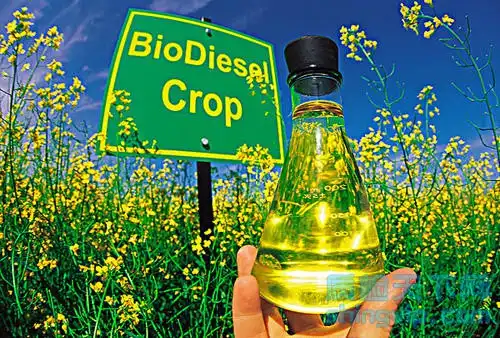1. Environmental analysis
With the continuous construction of ecological civilization and the decrease of fossil resources, finding a clean, green and renewable alternative energy has become an important issue faced by people. Catalyzed biodiesel is a green and environmentally friendly renewable liquid fuel. However, the homogeneous acid-base catalysts currently used in industry, such as HCl, H2SO4, KOH, NaOH, CH3ONa, CH3OK, etc., are prone to corrosion, difficult to recover the catalyst, difficult to refine, difficult to separate and purify the by-product glycerin, and generate too much waste liquid. and other problems, reducing raw material utilization and increasing industrial production costs. In order to overcome the problems of homogeneous acid-base catalysts, magnesium oxide basic catalysts have received widespread attention.

2. Benefits of using magnesium oxide as catalyst
Magnesium oxide solid alkali catalyst is an efficient and stable heterogeneous solid catalyst. It has high catalytic transesterification reaction activity, is easy to separate, can be reused, is cheap and has sufficient supply. It is a type of solid with very good application prospects. Alkaline catalyst. In addition, the reaction product esters and by-product glycerin are neutral and do not require washing, effectively avoiding the generation of waste liquid and causing no harm to the ecological environment.
3. Benefits of using magnesium oxide as catalyst carrier
In addition to being used as a catalyst, magnesium oxide can also be used as an important catalyst carrier. For example, the Ni/MgO catalyst uses magnesium oxide as a carrier to catalyze the reaction of carbon dioxide and methane, converting the two greenhouse gases into a mixed gas of hydrogen and carbon monoxide, and the mixed gas can be used as fuel to achieve comprehensive utilization.
In the process of magnesium oxide removing hydrogen halide from halobutane, the polymer can remove small molecules of hydrogen halide under the catalysis of magnesium oxide. At the same time, hydrogen halide is adsorbed on the surface of magnesium oxide and reacts with magnesium oxide to form water and magnesium halide. Among them, magnesium halide can be converted back into magnesium oxide after being calcined under certain conditions. This catalytic effect is very effective in treating white pollution and degrading polymers.
4. Summary
In fact, magnesium oxide plays an important role both as a catalyst and as a catalyst carrier and is widely used in various industries. The magnesium oxide specially developed for catalysts independently developed by Messi Biology has high purity, good whiteness, uniform particle size distribution, low impurities, etc., and strictly controls various indicators of the product. In the 50 years of focusing on the magnesium oxide industry, it has been recommended and recognized by many customers. It adheres to the belief of making the specialty better and has become a leader in the industry.
